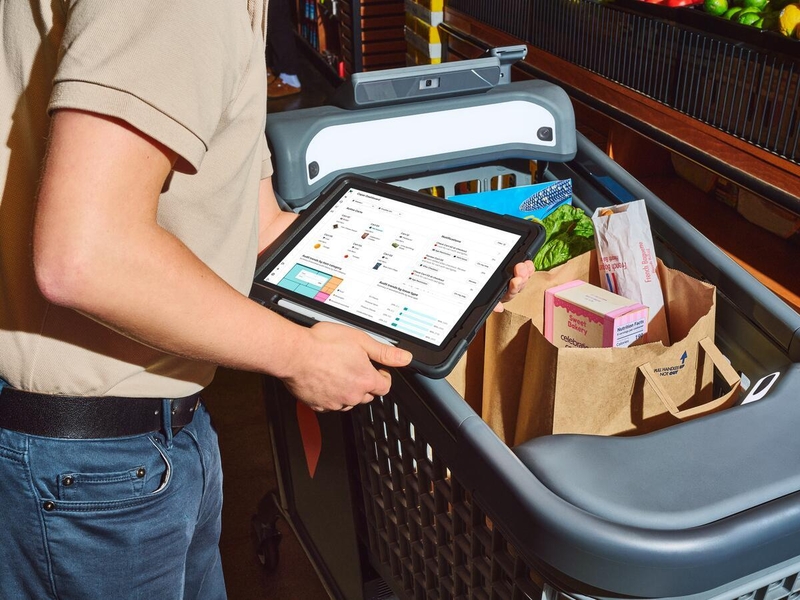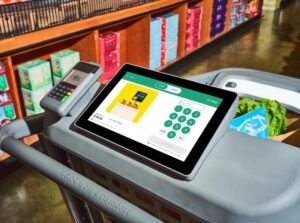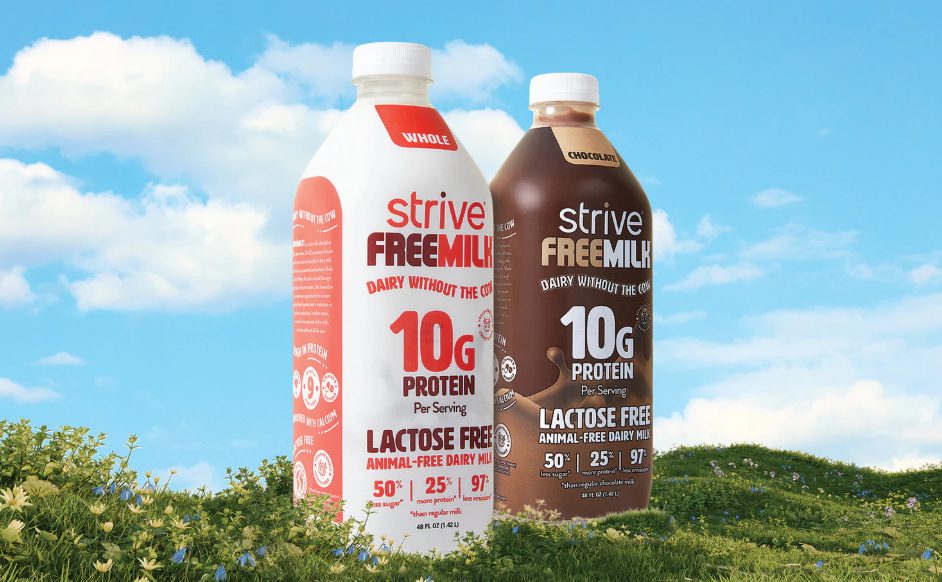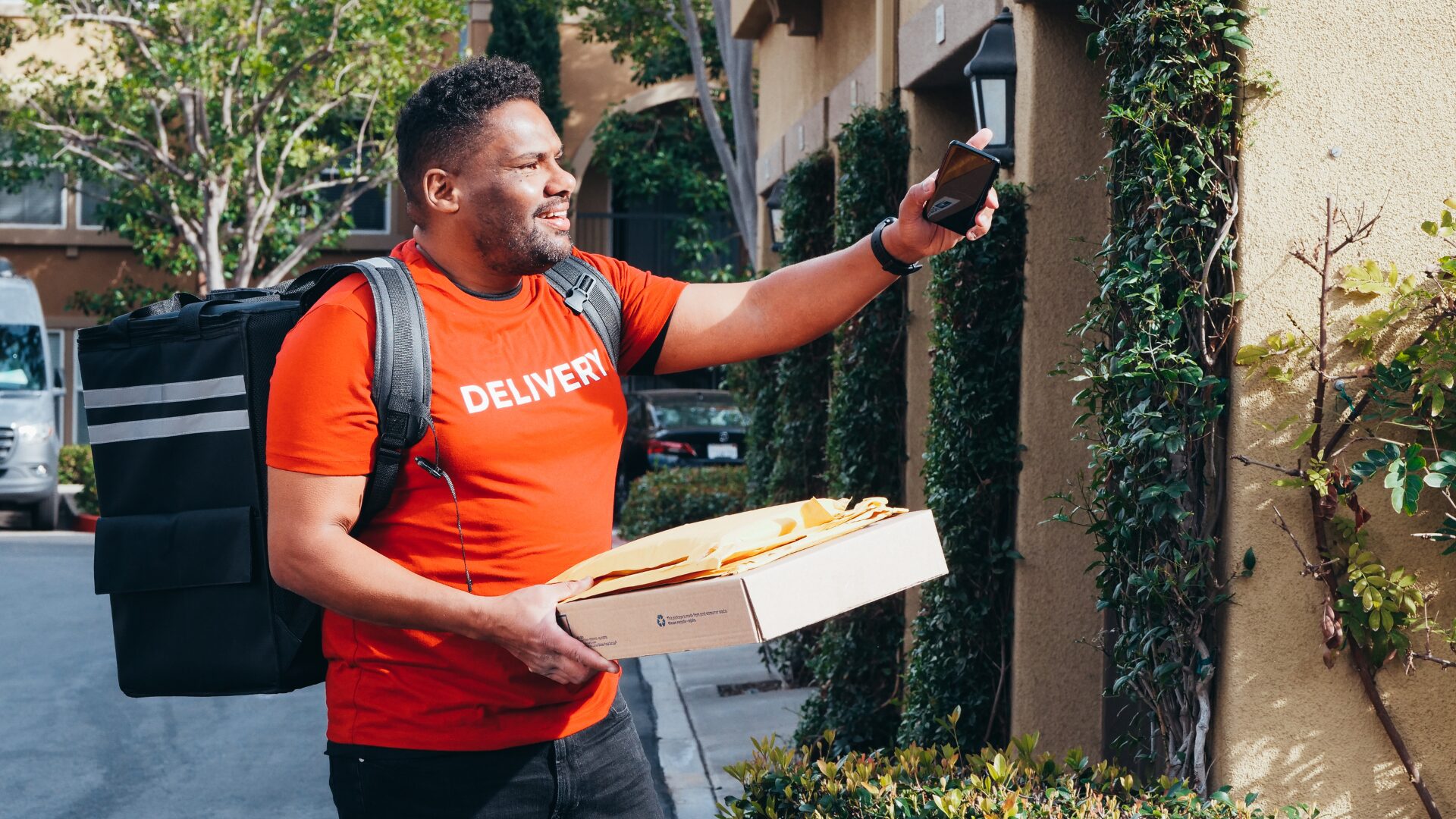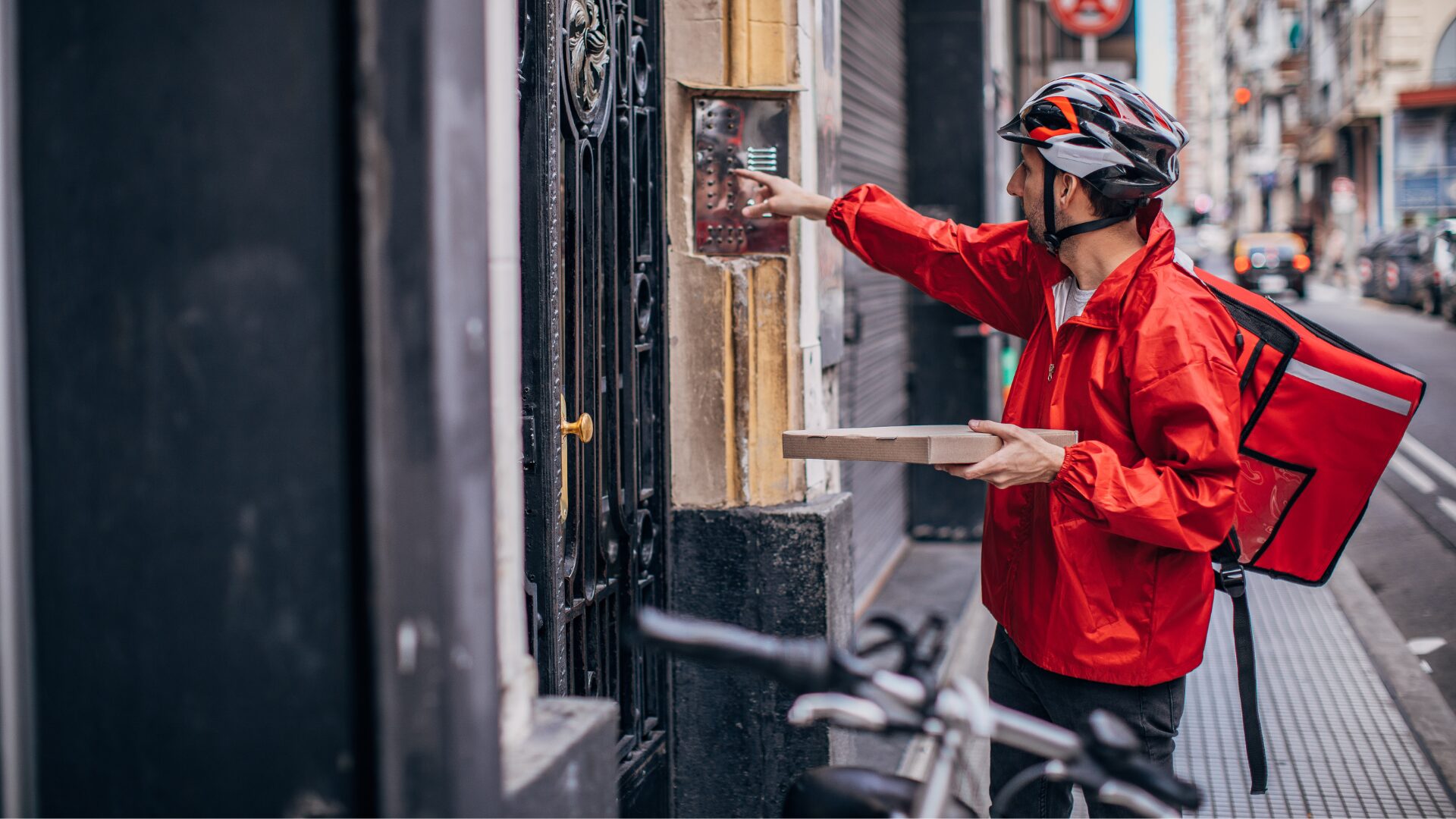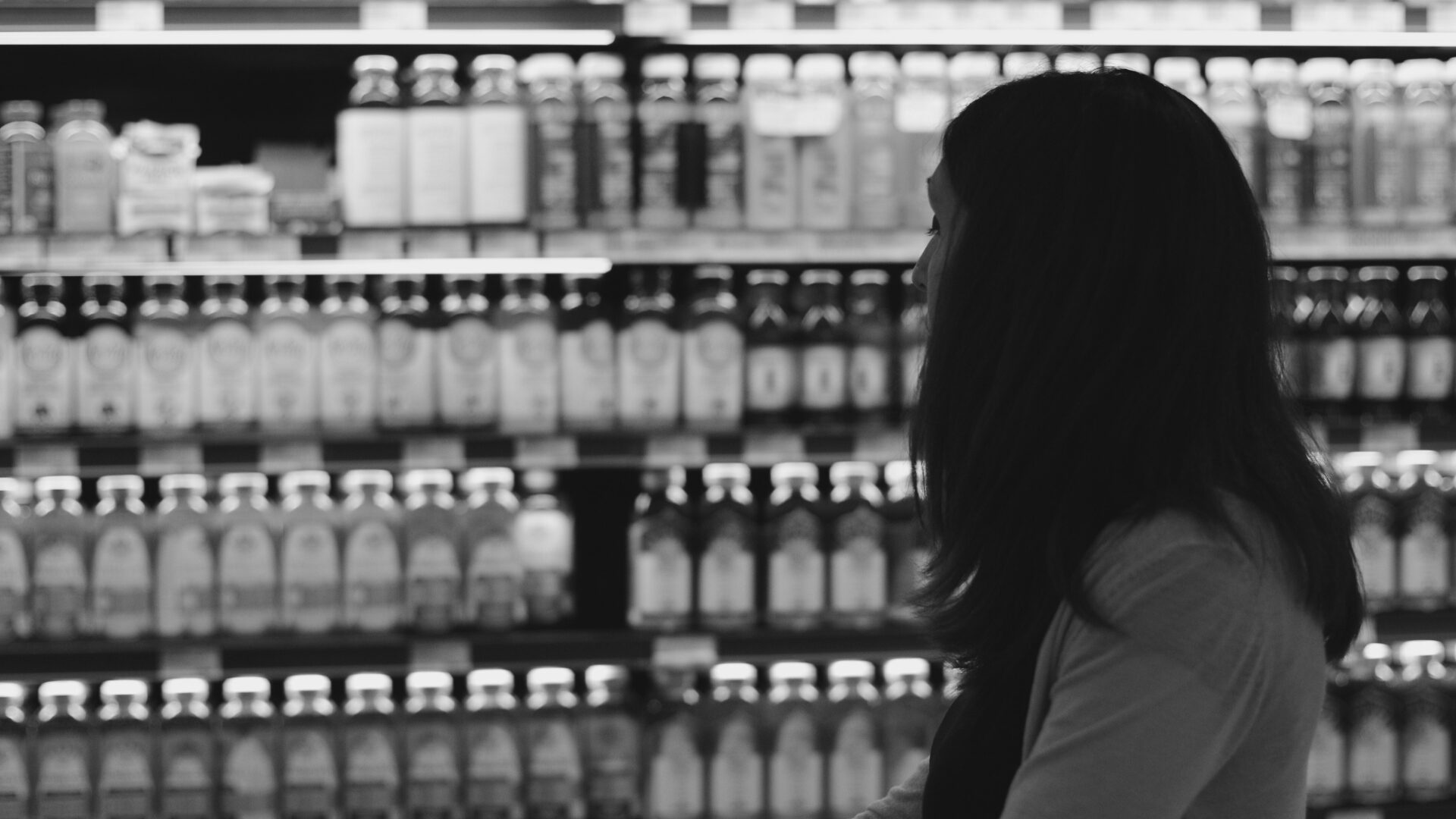Back in 2016, Ahmed Beshry and multiple coworkers set out to make the checkout process at grocers simpler. So, they dove headfirst into research, speaking with more than 150 grocers across New York.
“It was a crash course in understanding retail tech needs. Looking at available technology and the pain points we heard firsthand, we saw a golden opportunity,” Beshry told The Food Institute.
From 2016 to 2021, the group built, refined, and tested what became known as the Caper Cart – a smart cart with AI capabilities and gamification features that allows customers to scan, bag, and check out right from their cart.
“In 2021, we unveiled the first official model,” Beshry recalled. Soon, the smart carts “took off … getting picked up by major grocers like Kroger.”
Smart Carts Meet Instacart
Instacart acquired Caper that same year, and the list of grocery chains adding the smart carts continues to grow. The Caper Cart recently made its international debut at ALDI stores in Austria, and the innovation is already roaming aisles throughout North America, at chains like Price Chopper, Schnucks, ShopRite, Geissler’s, and Fairway Market.
The Caper Cart takes the concept of personalization to the next level. Those using the Instacart app, for example, can use a Caper Cart to sync up their shopping list, checking off items as they’re added to their basket. Beshry said the smart carts will eventually be able to recognize individual preferences and purchase history.
“The cart is also context-aware, providing location-based suggestions. If a customer is in the cookie aisle and has purchased Oreos before, it might inform them about a new, limited-edition flavor,” said Beshry, a co-founder of Caper who now also serves as Instacart’s senior director of business development.
The Caper Cart was also designed to help customers keep close tabs on their budget, by displaying a running expense total on the cart’s screen while they shop. According to Beshry, 44% of Caper Cart sessions include at least one clipped coupon for retailers.
“The cart incorporates lights, sounds, and interactive features that make shopping more enjoyable, particularly for families with kids,” Beshry said.
“These features have proven so popular that customers spend an average of 30 minutes with Caper Carts.”
Shop Smarter, Not Harder
The Instacart executive is also confident that the smart carts are boosting retailers’ bottom lines, while helping them bridge the gap between in-store and online shopping experiences.
“Caper Carts drive larger basket sizes and more frequent shopping trips,” Beshry said. “For instance, Schnucks, a major Midwest retailer, reported that, on peak days, just ten Caper Carts processed over 10 percent of in-store sales – alongside approximately 160 traditional carts.”
The smart carts have helped make shopping more efficient for many grocers. “More engaging experiences drive larger basket sizes and repeat customers, and we see even more possibilities long term” for the Caper Carts, noted Bob Rybick, CEO of Geissler’s, in a press release.
The smart carts present seemingly boundless possibilities for both retailers and Instacart executives like Beshry … who never could’ve expected this success story back in 2016.
“It took off like wildfire,” Beshry said of the Caper Cart. “It transforms shopping from a chore into an adventure.”
The Food Institute Podcast
U.S. grocery retailers are facing regulatory scrutiny on pricing, ever-increasing shrink and a financially-stretched consumer, but how can they adapt to these new market pressures? Supermarket Guru Phil Lempert joined The Food Institute Podcast to discuss the Kroger-Albertsons merger, the rise of private label and more.


